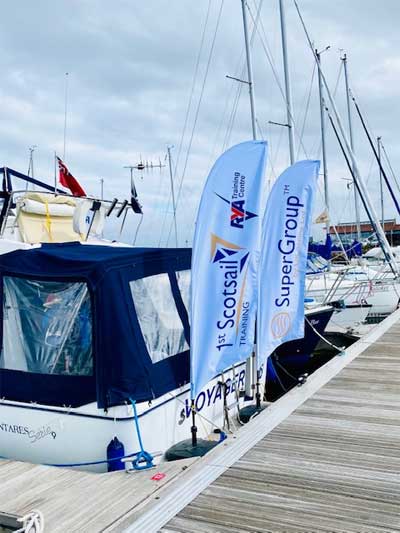No products in the cart.
Designing Flags
There is a real art in designing flags, according to the size, orientation, and purpose.
Traditional flags, for example, should be designed symmetrically, that is, they should look the same on the back, as they do on the front. Printing flags is an arduous task, so having the design look the same front and back, avoids a huge amount of communication issues. If people can clearly see the design and colours on both sides, it avoids any confusion.
This approach to traditional, rectangular flags, often results in a flag being designed around base colours, shapes, and simple motifs. It must be noted that flags are rarely adorned with text, simply because they don’t work in reverse (as read from the back)
Anything that can be designed to look the same front and back, saves a huge amount of resources too, from inks used to materials spared.


